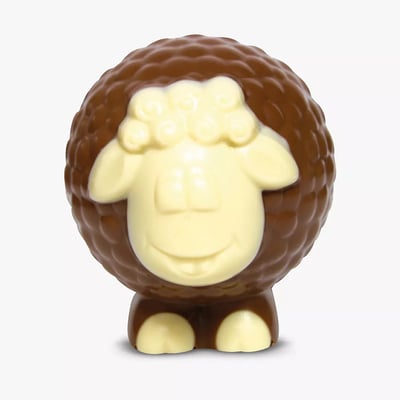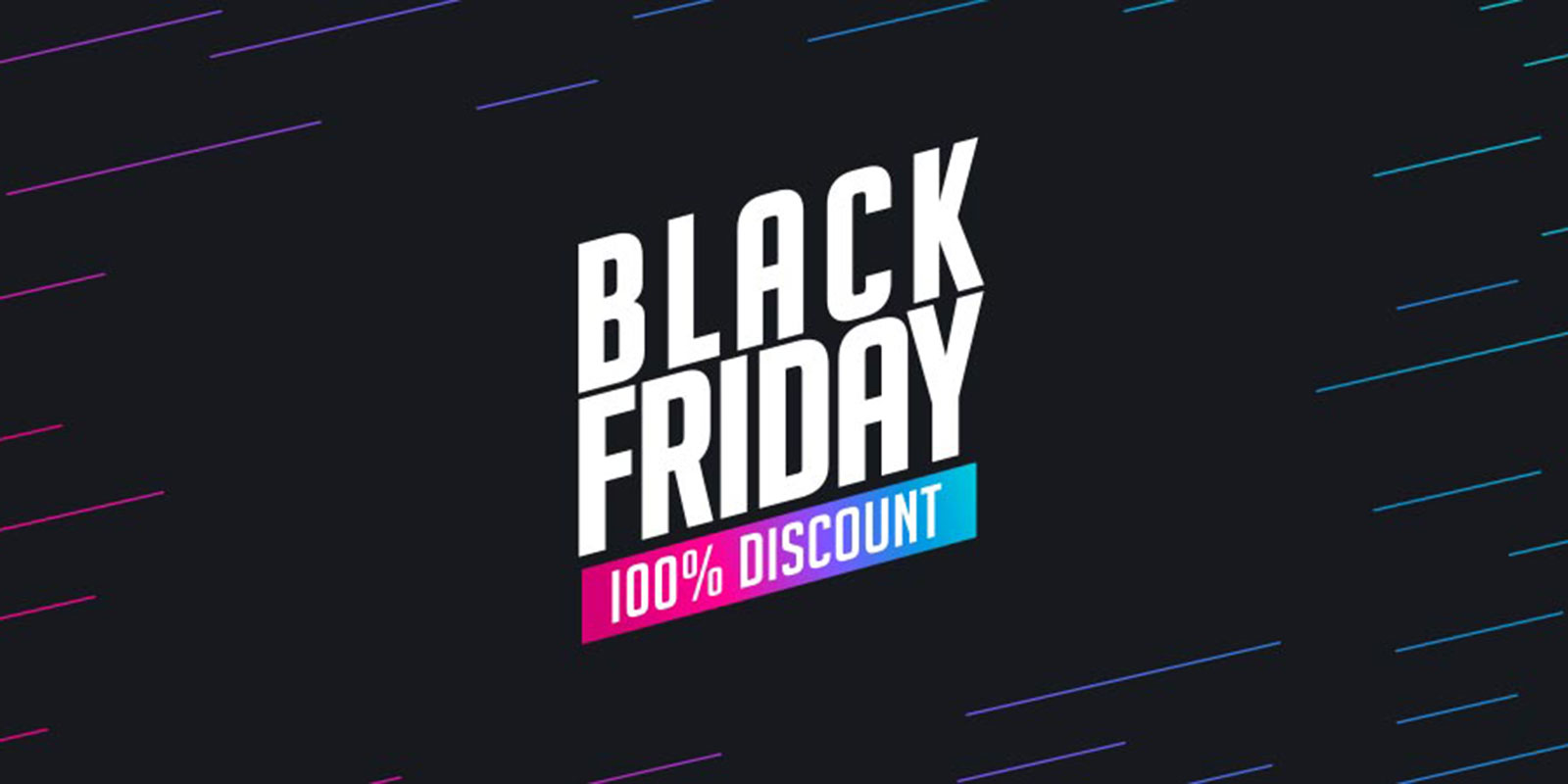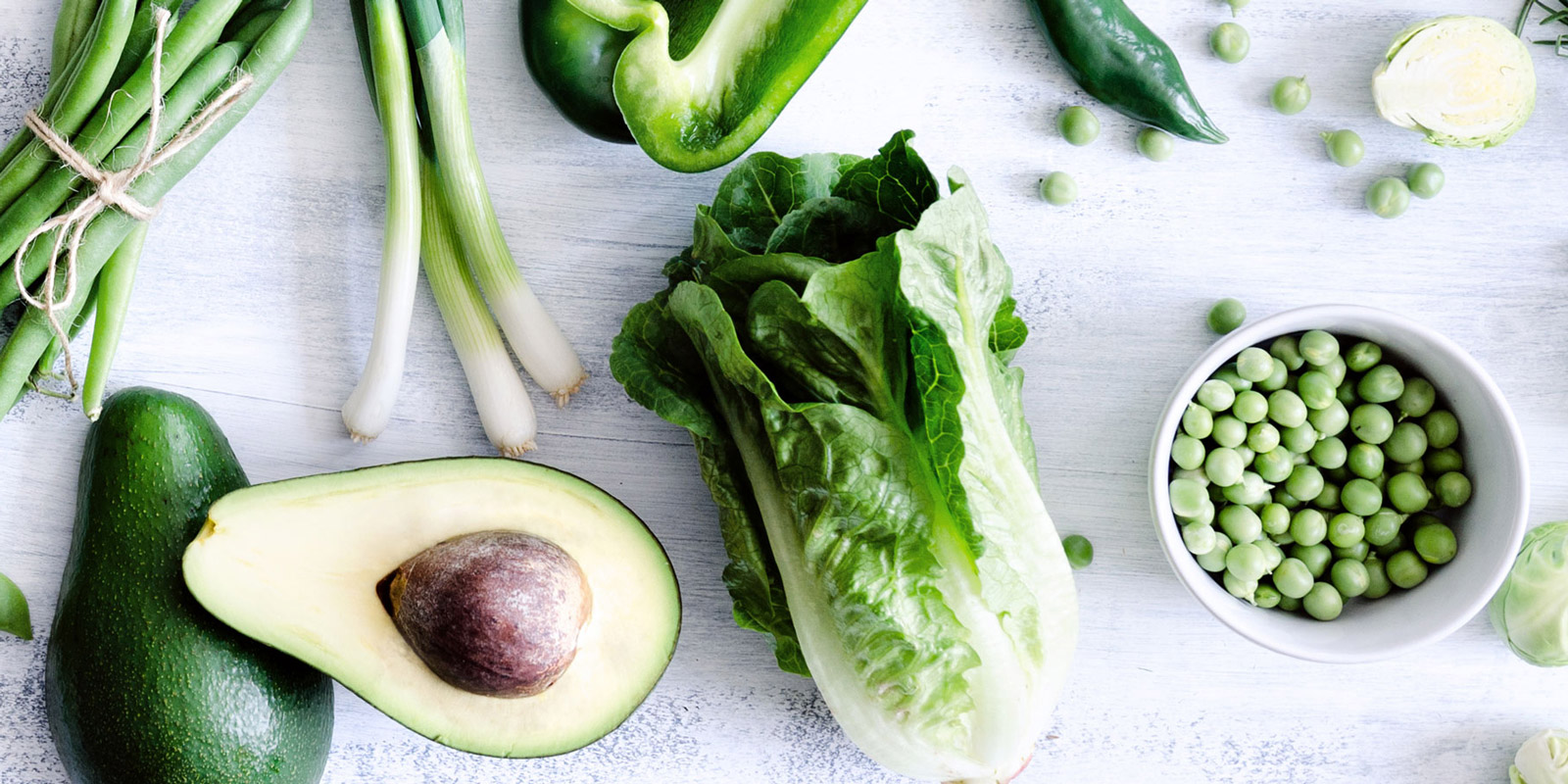Easter weekend signals the beginning of Spring. Newborn lambs, bunnies and calves frolic in the fields, whilst daffodils and tulips blossom.
Celebrated on the first Sunday following the full Moon that occurs on or just after the spring equinox, Spring days enjoy an extra hour of daylight as clocks go forward and we enjoy the first bank holiday of the year. Full of religious symbolism, Christians believe Easter marks the anniversary of Jesus' resurrection and ascension to heaven. However, did you know that Easter was initially thought to have been observed as a pagan festival? Celebrated with cards, gifts and chocolate eggs, the word Easter is believed to have been derived from vernal equinox and renewal, both names of goddesses associated with Spring. Pagans also worshipped Eostre, the Saxon mother goddess, thought to have been the source and nurturer of new life.
Teutonic tribes paid tribute to the dawn goddess Ostara, whose anglicised name is Easter, a symbol of fertility and rebirth. Conceptualising an egg as the symbol for rebirth and new beginnings, aligned with the cycles in nature and new life, enjoyed throughout warm spring days, real eggs were exchanged to celebrate the changing season and the new life this signals. Many pagans believed the egg also held magical powers. Early Christians often regarded the Pagan religions as primitive, regarding this polytheistic, ancient roman religion as indicative of a hedonistic and uncivilised community. Christians believe the ceremony and symbolism of Easter are derived from the Christian tradition. They believe that their new testament tells how the egg was adopted by early Christians as a symbol of the resurrection of Jesus Christ during the Easter period. The tomb is representative of the egg's hard shell, with the emerging newborn chick illustrating Jesus, whose resurrection overcame death. And so the tradition continues; today we eat chocolate Easter eggs to celebrate the end of Lent and of six weeks of abstinence. During this period, Christians choose a luxury, usually food, to give up, practising self-restraint in memory of Jesus's fasting in the desert. Lent is a time to avoid indulgence and test self-discipline.
Before exchanging chocolate eggs at Easter, people would gift one other hard-boiled, hand-decorated chicken's eggs. British family-owned company Fry's saw an opportunity in this tradition. Originally known for their drinking chocolate, the company began manufacturing and selling their oval chocolate Easters egg in the UK around 1873. Fry's, were also the original moulder of hollow eggs. These were made by pouring molten chocolate into an egg-shaped mould, blending a paste, from cocoa fat with cocoa powder and sugar. The well known, crocodile design on the outer shell was conceptualised to hide ill-formed cracks. Two years on, and Cadburys began crafting their own festive Spring treats. In the early 19th Century, France and Germany then also began creating their own bespoke solid chocolate Easter eggs . This fun celebration has flourished and today, Easter is celebrated as a holiday to be enjoyed by everyone, regardless of religion. The egg has become the brand icon of Easter.
From Cadburys to Nestle, Lindt to Hersheys, we share indulgent chocolate gifts to simply celebrate friendship and family. These yummy egg-shaped presents can not only be used to treat loved ones, many businesses give easter chocolate to pay tribute to loyal customers, promote an event, or recognise hard-working team members. Brands also use easter eggs within social media strategies to theme fun-filled competitions. Think fun games like spot the hidden bunny hidden within an IG post or host a contest on Facebook encouraging your followers to like and share a post to be in with a chance of winning a supersized chocolate egg. Easter is a time to relax and enjoy, so share that vibe with your online tribe!
Some of our favourite unusual 'eggs' this year are:
M&S Percy Pig £10
Complete with jazzy shorts, this white chocolate treat is ideal for Percy Pig fan James

Hotel Chocolat Caramel Egg Sandwich £10
Laura's favourite chocolate shop has reshaped the classic egg into a sandwich, we're pretty sure this tastes (and smells) better than a regular egg sandwich.
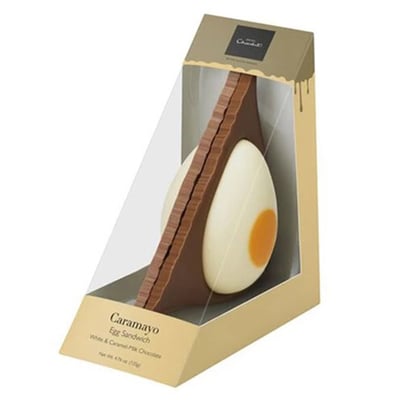
choconchoc Camembert Chocolate Cheese £14
A chocolate Camembert with an oozing centre made of white chocolate sauce that comes with chocolate bread to dip is one for cheese loving Paul
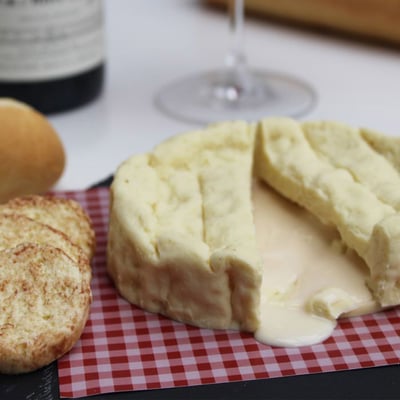
Waitrose Chocolate Scotch Egg £4.80
Heston has worked his magic again and has created this Scotch Egg. A milk chocolate and caramel ganache, filled with a mango and yuzu fondant, and coated with maple flavoured sugar pieces en-robed in milk chocolate.
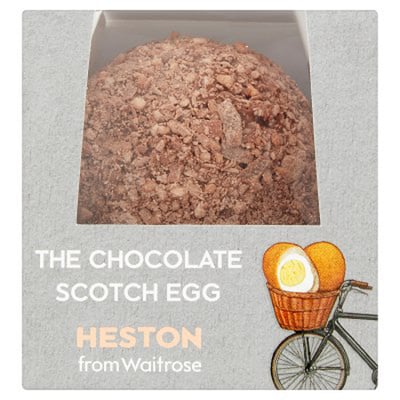
Stas Chocolatier Barnaby Lamb £6
A cute lamb made from milk and white chocolate, it'd almost be a shame to tuck into this one, almost.
